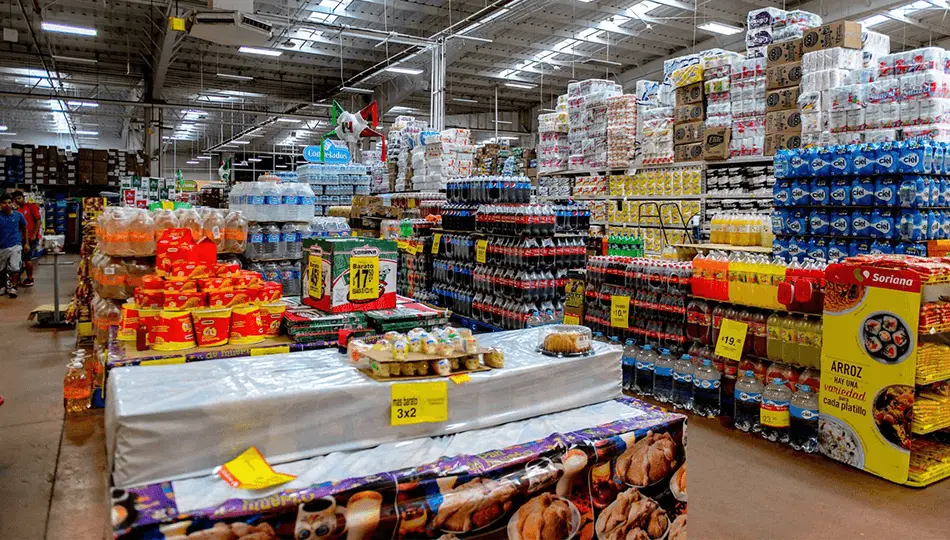Here’s how you can stay ahead of your competitors
If you’ve been increasing your product prices lately, you’re not alone. Inflation has dramatically impacted brands all over the globe and forced them into rethinking their pricing strategies — especially in emerging markets. But how can you remain competitive on price if you can’t track your competitors’ pricing?
Read on to see how you can stay on top of your competition, keeping your affordable products attractive and your high-end products insulated from change.
Inflation Transcends Borders
Traditional trade is profoundly impacted by inflation. From bodegas in New York to sari-saris in the Philippines and spazas in South Africa, mom-and-pop-owned shops pay higher prices for inventory. Shelf space is also at a premium at these small format stores, emphasizing the importance of competing on price point.
This means that it’s more important than ever that brands that partner with traditional trade market stores need to be mindful of how they position their product pricing in relation to their competitors.
How can brands in emerging markets stay on top of competitor pricing though, when the retail trade is spread across hundreds of thousands of traditional stores?
Premise’s network of 6 million plus contributors provides in-store insights from all over the globe, so you know precisely how your competitors’ products are priced, placed, and promoted in traditional and modern trade.
How to Track Your Competitor’s Prices
Many brands use fixed store panel data to measure the success of their product distribution strategies. But while fixed store panel data might tell you that you have a problem – it doesn’t tell you where, in which stores, why, or what you can do about it.
So. How can you really remain effectively competitive?
Premise’s price monitoring allows you to track competitor prices – and pricing compliance of your own products! – in as many traditional trade stores as you like. Not only will you get store-level insights, but you’ll get them in real time so you can stay on top of your competitors at record speed.
Revenue Growth Strategies for Long-Term Success
Brands like Coca-Cola and Unilever use Premise to improve market share and share of shelf. Some have even increased ROI 4x. Innovative market research can change your brand for the better with long-term success.
With in-store insights, you can see your retail partner stores just as your shoppers do in real-time. When price increases are out of your control, these insights can guide you to better pricing strategies that make your products stand out from your competition.
The information you can get from in-store mobile insights is nearly limitless.
Contributors can provide any data a human can capture with a smartphone, including:
- Photos & video of store shelves, building exteriors, registers, etc.
- Geolocation data
- Sentiment data via surveys
- Demographic-specific mystery shopping
- Qualitative feedback via short-answer questions
- Short-answer questions
- Competitive intel from other stores
- Environmental insights on the area surrounding a store location
Here’s a checklist to help ensure you’re getting the data you need for successful product distribution strategies:
Are they store-specific?
Instead of looking at the bigger picture of how your stores are performing, in-store mobile insights allow you to take a look at each of your stores individually.
You can make in-depth business decisions to improve category assortment, product placement, promotions, and more.
Do you get them in real time?
Why wait to get the insights you need to drive growth and increase market share?
Premise can help you get the data you need in real-time, so you don’t have to wait to make significant changes to your retail execution strategies.
Is the data provided actionable?
Instead of looking at the bigger picture of how your stores are performing, in-store mobile insights allow you to take a look at each of your stores individually.
You can make in-depth business decisions to improve category assortment, product placement, promotions, and more.
Are your store-level insights flexible?
Most outdated methods of market research only provide limited sets of insights to their customers. If you decide that you want a more in-depth or a differently varied sample of data, syndicated methods may not be able to offer them to you.
With innovative in-store insights, you’ll receive bespoke samples of data that are scalable with the growth of your company and can change if your KPIs do too.










 by
by 

